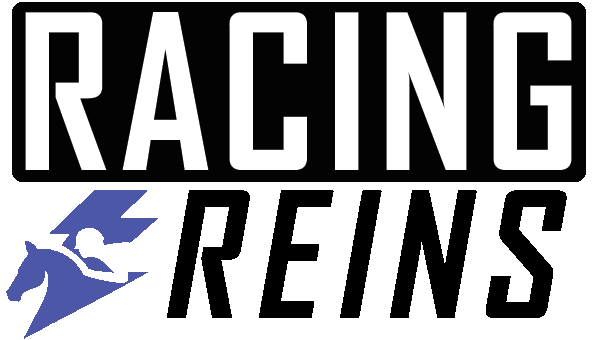
The Jockeys’ Guild has stated that it supports the continued use of the Category 2 approach for adjudicating potential interference in Thoroughbred and Quarter Horse racing in the US, citing safety and fairness concerns, and plans to oppose proposed changes to this standard at an upcoming meeting.
‣ The Jockeys’ Guild has stated that the United States should continue to use the Category 2 approach for adjudicating potential interference during Thoroughbred and Quarter Horse racing.
‣ The Guild plans to voice opposition to proposed modifications to the Category 2 standard during the Association of Racing Commissioners International Model Rules Committee meeting.
‣ The Guild believes that Category 2 provides additional safety protections for riders and ensures fairness for all parties involved in a race.
The Jockeys’ Guild and its Board of Directors made a statement on Tuesday. They emphasized that the U.S. should stick to the Category 2 approach for judging potential interference in Thoroughbred and Quarter Horse racing.
This announcement came before a panel discussion at Tuesday’s Global Symposium on Racing. The University of Arizona Race Track Industry Program (RTIP) in Tucson hosted the event. The discussion was titled “Embracing Change: Are We Ready to Adopt Category 1 Rules In the US?”
The Guild has plans. They’re going to “voice opposition” to any proposed changes to the standard. This will happen during the Association of Racing Commissioners International Model Rules Committee meeting on Dec. 7.
The Guild thought about a few things before making this decision. They considered the safety of the human and equine athletes and fairness for everyone involved. According to the release, “The Category 2 method gives Stewards the power to disqualify a horse if it interfered with other horses. This is regardless of whether the interference was accidental, willful, or due to careless riding.
The Guild has some experience in this area. They believe that Category 2 offers extra safety protections for the riders. By allowing the Stewards to disqualify the horse causing the interference, it discourages unsafe riding.
The release stated, “We, as an industry, have a responsibility to ensure safety for both the horses and the jockeys. It’s not reasonable to create a racing environment that could lead to more dangerous riding styles.”
The Guild also addressed the fairness of these rules. While Category 1 often protects ‘the best horse,’ Category 2 rules advocate for all horses and jockeys who suffered interference. The interferer is placed behind all of the horses who suffered the interference, both directly and indirectly. This method prevents horses from having their finishing position compromised due to the interference. It provides a fairer playing field to all participants, not just the ‘best horse’…
The Guild’s release stated, “It should be noted, with the exception of Oklahoma, no other racing jurisdiction in the United States has adopted Category 1 method.”
A pre-symposium summary of the RTIP panel discussion stated, “The conflict of equity and fairness versus heightened consistency in decisions is the heart of the conundrum that surrounds the disqualification policies between Categories 1 and 2. Most international racing jurisdictions have shifted away from Category 2. North America remains reluctant to embrace this global approach which only demotes horses when the sufferer would have beaten the interferer.
The RTIP summarized prior to its panel discussion, “In the age of the growing global wagering market, it is imperative for our racing companies to revisit this issue. Our domestic bettors have already embraced such practices at events like Ascot, and our new international customers are already accepting of Category 1 disqualification policies.”
